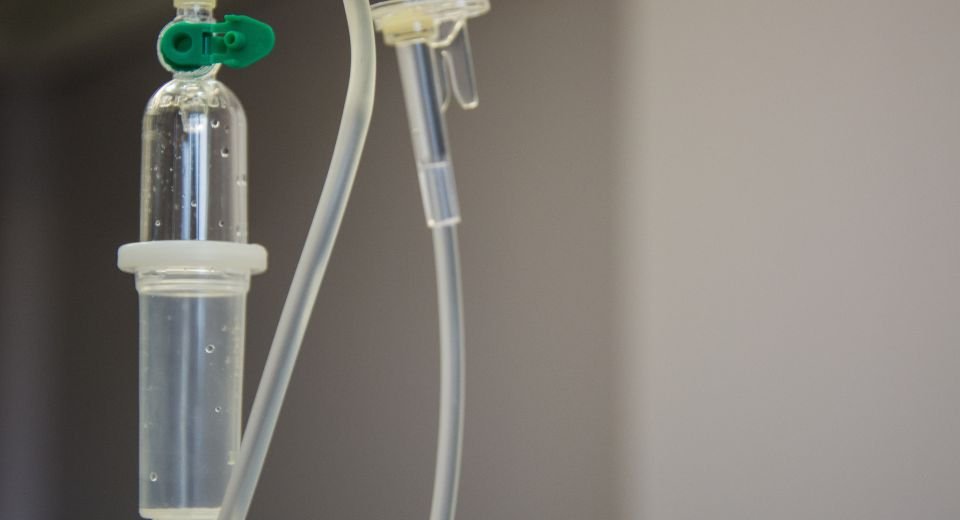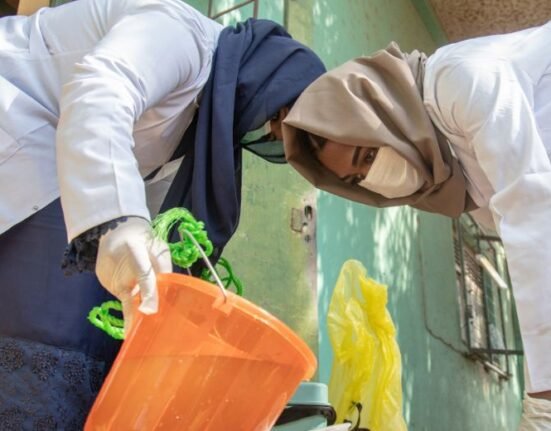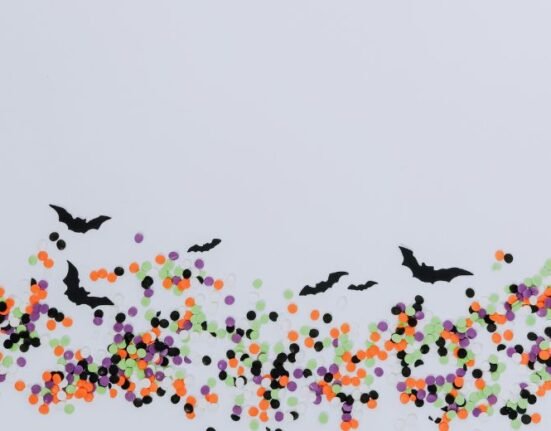HQ Team
September 15, 2023: At least 23 people have died in Poland from Legionnaires’ disease as of September 11, with a total of 166 cases being reported — the highest in seven years.
“This observed increase in confirmed cases, and associated hospitalisations and deaths seen since mid-August, is unusual, considering that the number of cases is higher than the annual number reported in Poland since 2016,” the WHO stated.
Legionellosis, more commonly known as Legionnaires’ disease, is a pneumonia-like illness, caused by a bacterium, that varies in severity from mild to severe illness and sometimes fatal form of pneumonia.
Polish health authorities are coordinating cluster investigation activities, identifying additional cases, and taking steps to prevent transmission through preventive control measures.
Infection source
The infection source is yet to be identified and since September 7, no new cases have been reported, according to a WHO statement.
“An epidemiological investigation, including interviews with patients or relatives, is underway to determine the source of infection,” according to the WHO statement.
Most people develop Legionnaires’ disease by inhaling the bacteria from water or soil. To date, there has been no reported direct human-to-human transmission.
On August 18, 2023, public health authorities in Rzeszów, Poland, announced the detection of a cluster of 158 suspected community-acquired pneumonia cases.
Rzeszow
That included 15 laboratory-confirmed cases of legionellosis among patients admitted to several hospitals in Rzeszów.
Between August 18 and 11 September 2023, a total of 166 laboratory-confirmed cases, all hospitalised, and 23 associated deaths have been reported. Most cases, 67%, were recorded in the city of Rzeszów,
Adults between 60 and 90 years were the most affected age group.
Only hospitalised cases were tested and a majority of the cases were confirmed through urine antigen tests and respiratory samples by polymerase chain reaction test.
Culture and sequencing were not possible as the cases were treated with antibiotics.
Headache, muscle pain
Legionellosis is caused by the Legionella bacteria. The disease in its pneumonic form, has an incubation period of 2 to 10 days.
It is a cause of community and hospital-acquired pneumonia. Symptoms include fever, mild cough, loss of appetite, headache, malaise and lethargy, with some patients also experiencing muscle pain, diarrhoea and confusion.
The severity of Legionnaires’ disease ranges from a mild cough to rapidly fatal pneumonia. Untreated Legionnaires’ disease usually worsens during the first week.
The death rate may be as high as 40–80% in untreated immunosuppressed patients and can be reduced to 5–30% through medications.








